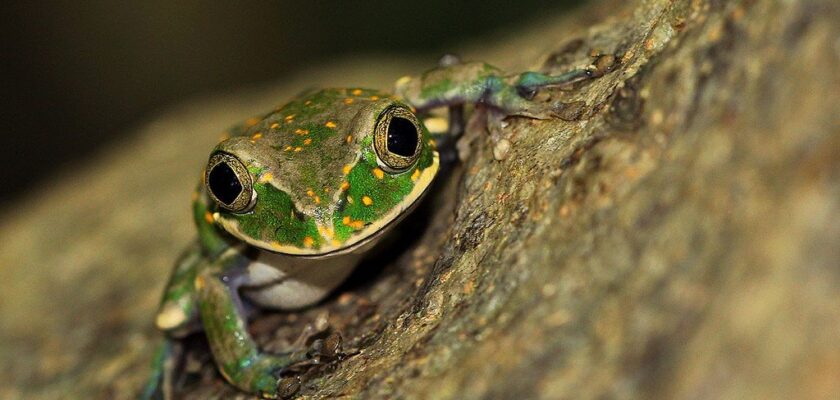Gorongosa National Park
Gorongosa National Park is a restored nature reserve located in the heart of Mozambique, at the southern tip of the vast East African Rift Valley. In the middle of the last century, Gorongosa Reserve was considered one of the best in Africa, but after a protracted civil war that lasted from 1977 to 1992, almost all the animals that lived there were exterminated.
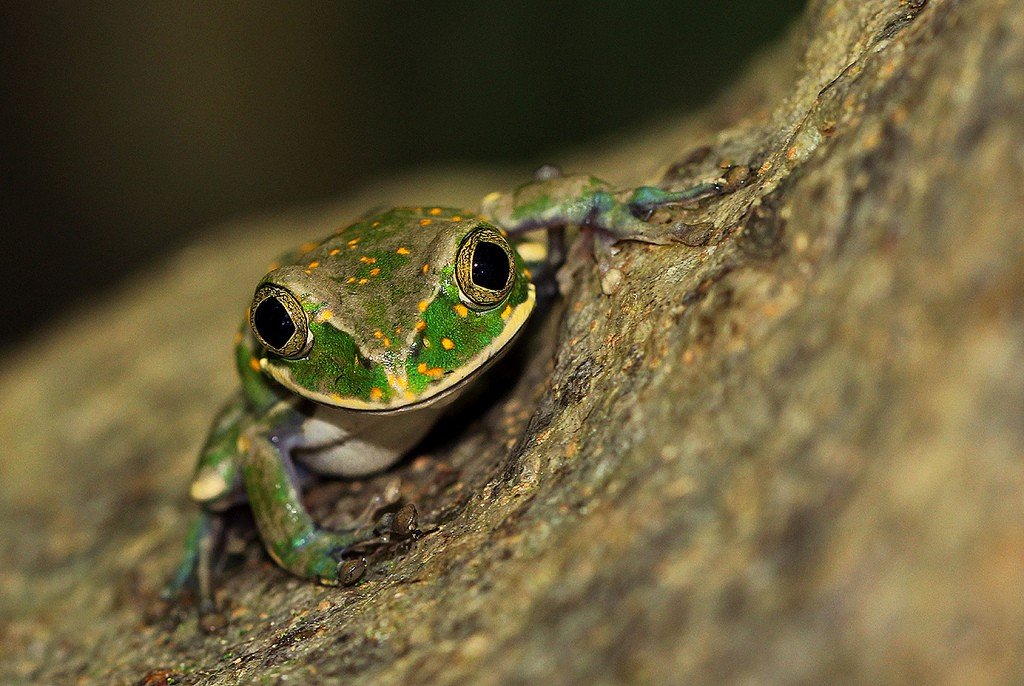
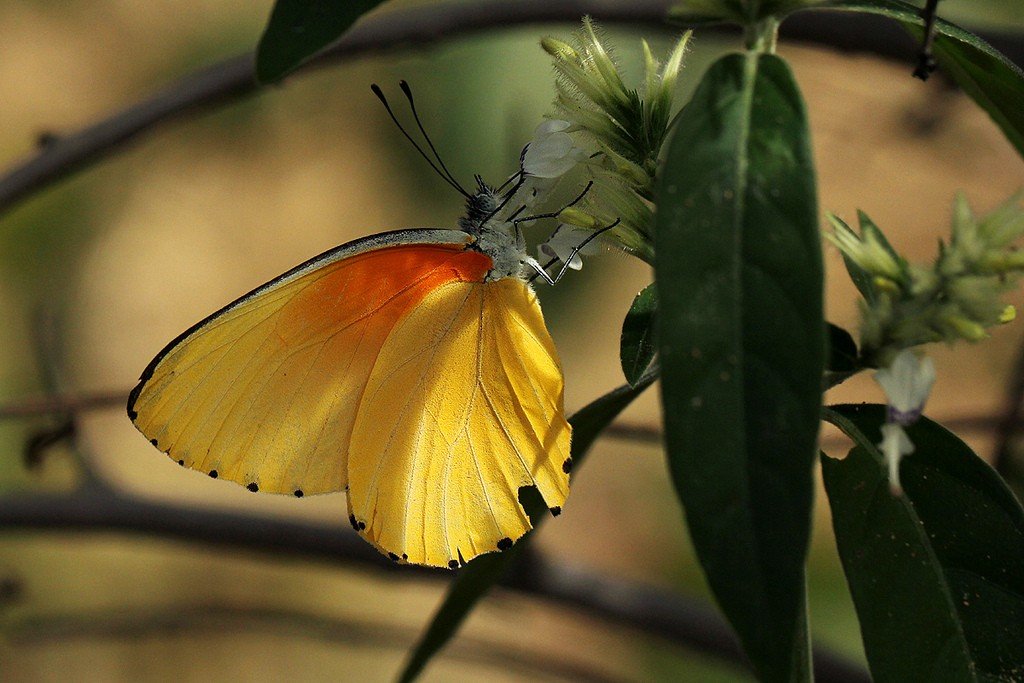
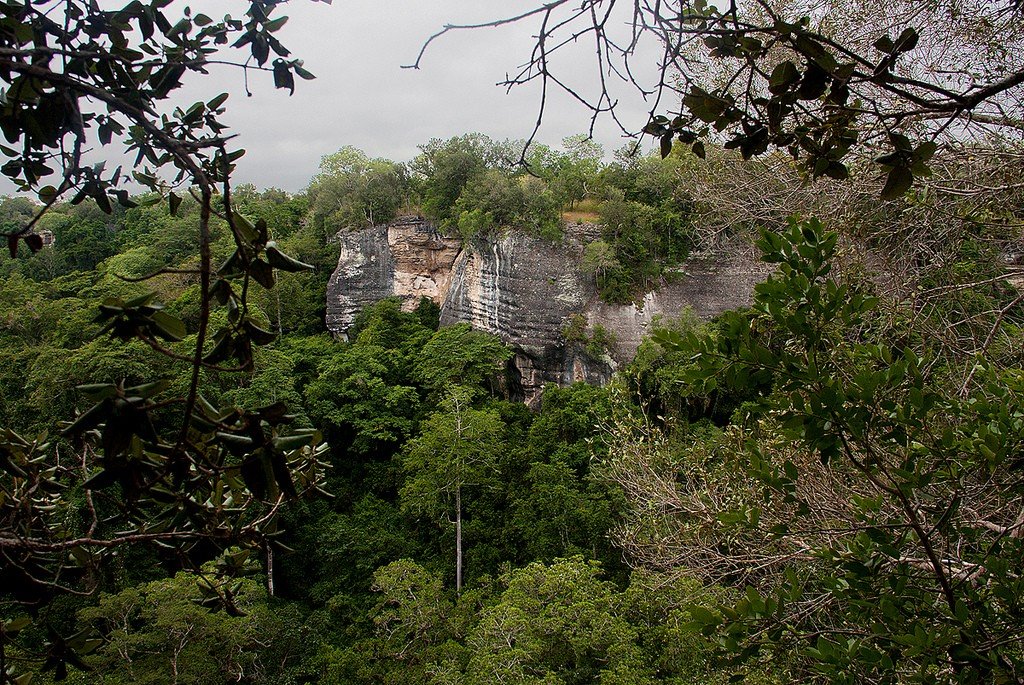
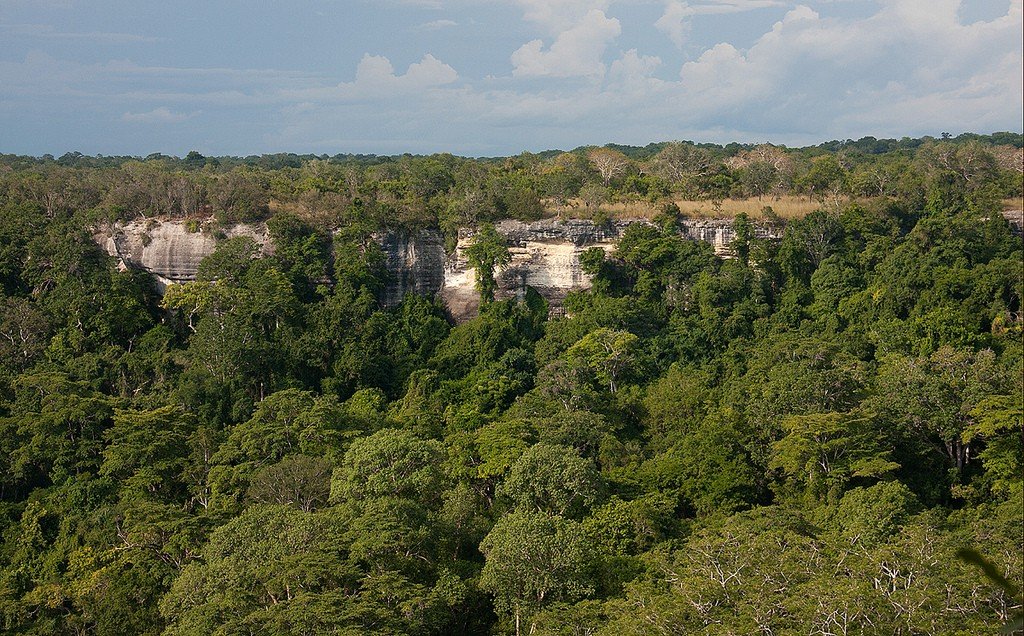
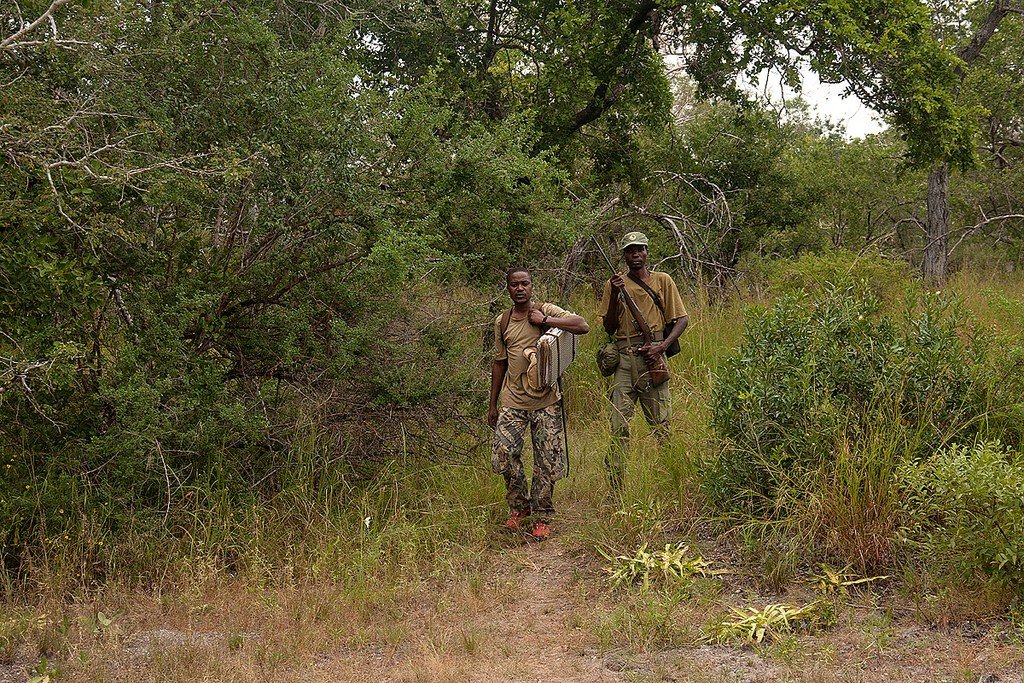
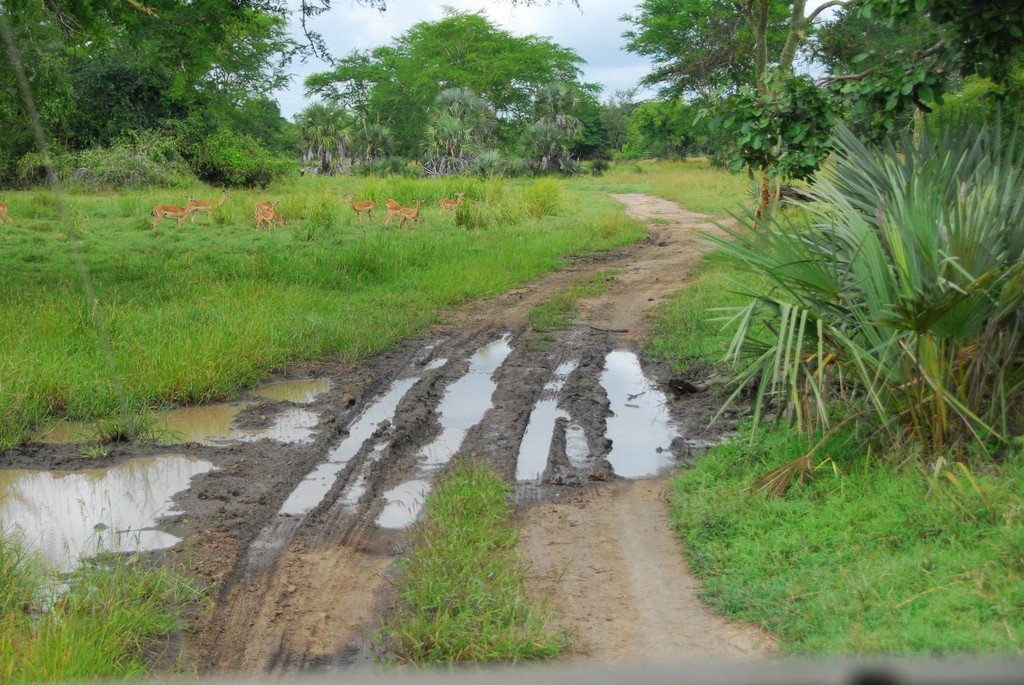
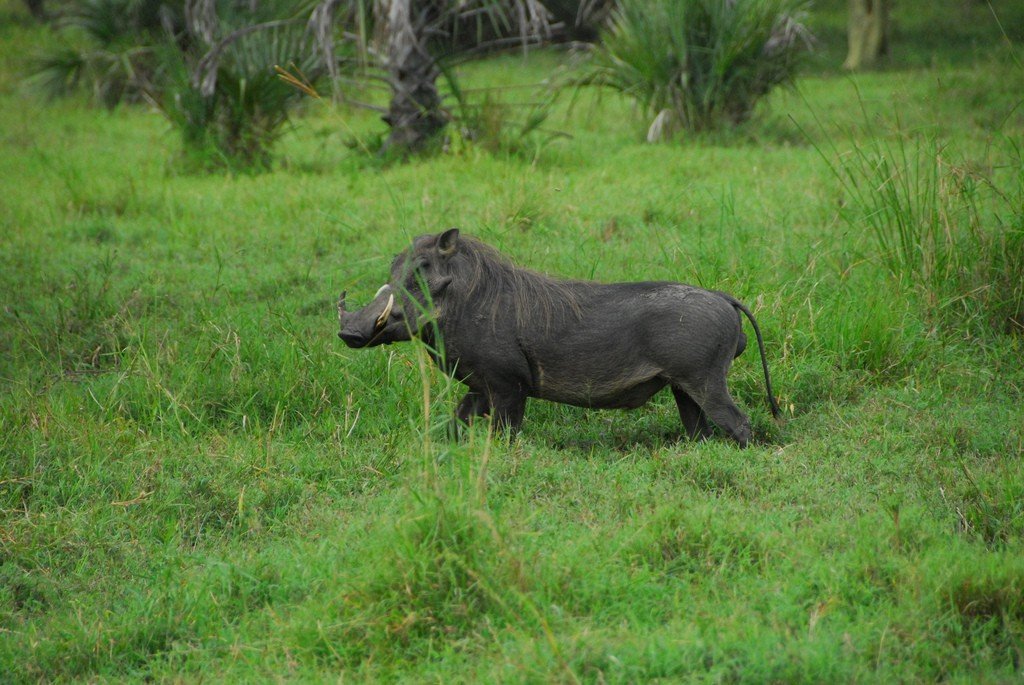
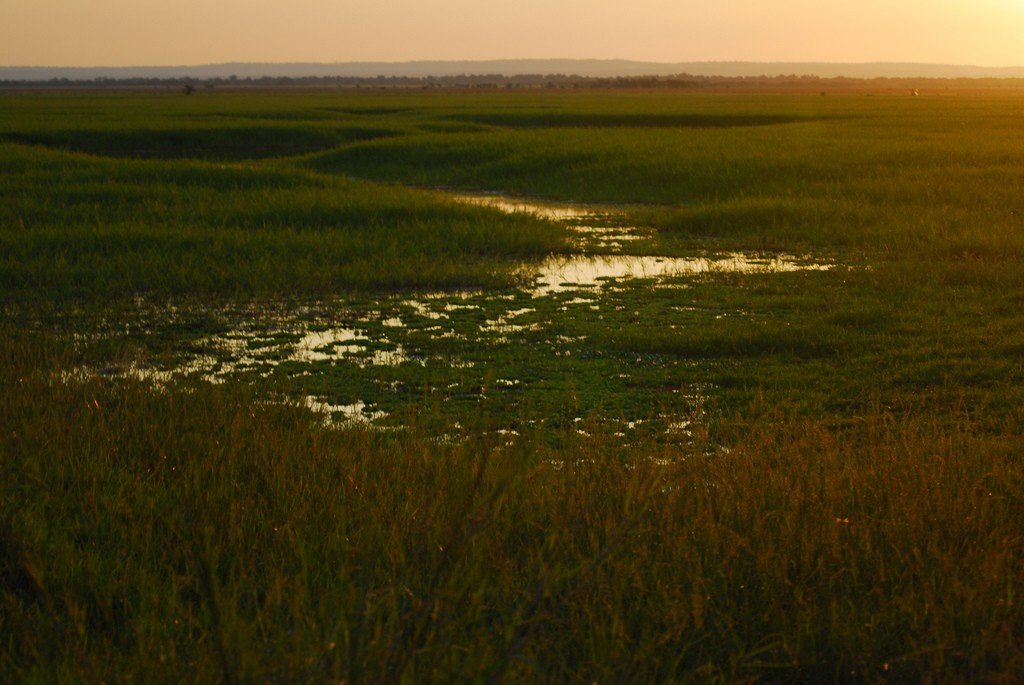
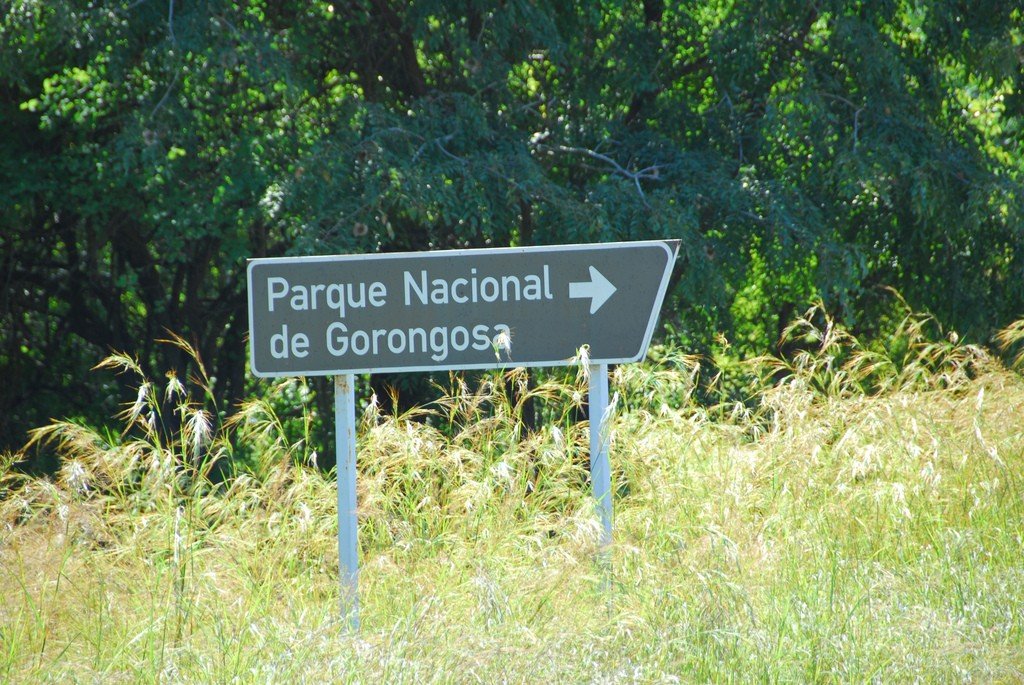
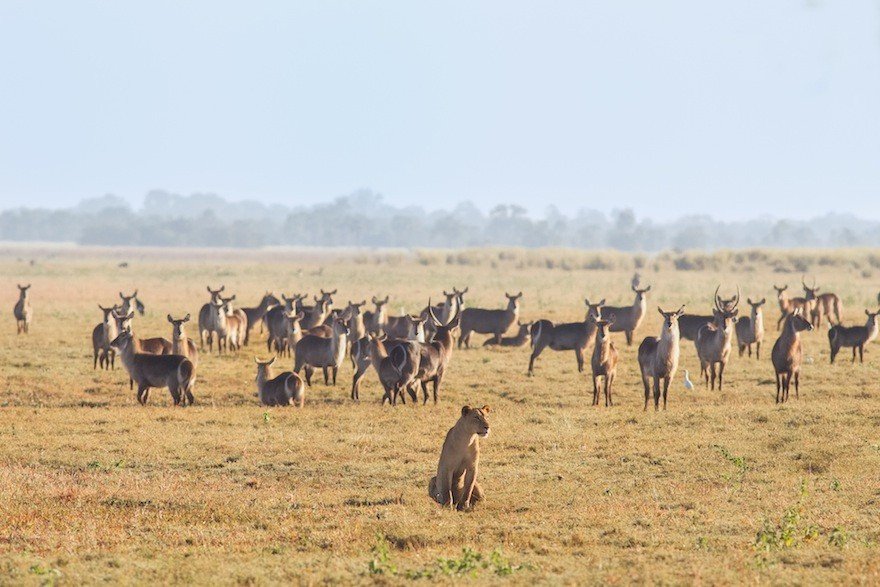
Video: Gorongosa National Park
Highlights
For more than 10 years, the national government, with the help of the United States Carr Foundation, has been actively rebuilding the national park’s infrastructure and developing ecotourism to support local communities. Specialists create all conditions that the remaining animals in the protected area could reproduce, and also import new animals to Mozambique. For example, gnu antelopes, buffalo and cheetahs have been brought from South Africa.
.
The Gorongosa Reserve covers an area of 3770 km² and its natural world is extremely rich. The reserve has plains and elevated plateaus. Dense rainforests are replaced by sparse miombo forests, spacious savannahs by picturesque hilly landscapes with termite mounds, and grasslands by patches of acacia trees.
The rivers that originate on Mount Gorongose (1863 m) drain into the valley, and most of them feed Lake Uremo. Remarkably, when the dry season comes, water becomes scarce and the lake shrinks many times its size. And during the seasonal floods, the overflowing rivers swamp the valley severely.
.Gorongosa National Park is very popular among ecotourism enthusiasts. Its territory is home to a variety of animals: elephants, zebras, hippos, buffalo, damans and antelopes. Among the predators in Gorongosa you can meet lions, leopards, jackals, hyenas, wigeons and servals. The park is also home to lizards, snakes, turtles and Nile crocodiles.
.
Ornithologists consider the Mozambican reserve a real paradise, because it is inhabited by 398 species of birds. There are also several rare species of butterflies in Gorongosa Park. They prefer to live in large flocks and inhabit entire forest areas.
.History of Gorongosa National Park
In 1920, the lands around Gorongoza Mountain were declared a hunting reserve. The newly created reserve had an area of 1000 km² and was intended for hunting by high-ranking officials of the Portuguese administration and their guests. In 1935, the reserve was expanded to 3200 km². At that time it was home to black rhinos, which were considered very valuable hunting trophies.
.
By 1940, Gorongosa Park had grown in popularity and a tourist camp was built near the Mussikazi River. However, visitors to the park were not able to use it for long. Two years later, there was severe flooding in the region, the camp was abandoned, and lions began to live in the house abandoned by humans. The abandoned camp became a landmark known as the “Lion House” for many years.
.
The Mozambican government then took the initiative to stop hunting in Gorongosa. To attract visitors, tourism infrastructure began to be developed on the reserve, and by the middle of the last century, up to 6,000 travelers a year were coming here..
Gorongosa received the status of a national park in 1960. The new protection regime and financial injections had a favorable impact on its development. Serious scientific research, new roads and buildings for tourists were built in the reserve.
In 1977, civil war broke out in Mozambique, so the park was closed, and its territory turned into a place of battle between opposing groups. This had dire consequences for the nature of Gorongosa. By the end of the last century, herbivore and predator populations had declined by 95%. It has been estimated that only 15 buffalo, 5 zebras, 6 lions, 100 hippos, 300 elephants and a few gnu remain in Gorongosa Park.
.How to get there
Gorongosa National Park is located in the province of Sofala, 150 kilometers north of the city of Beira. It can be reached by direct flights from Johannesburg. There are also flights to Beira from Maputo. To get to the safari camp of the national park it is necessary to go by car. The journey will take about 3 hours.
.